
Side chair, Boston, Massachusetts, 1710–1720. Walnut. H. 44 5/8", W. 20 1/16", D. 21 3/8". (Courtesy, Wadsworth Atheneum of Art; photo, Gavin Ashworth.)

Ruben Moulthrop, portrait of an unknown man, New England, 1770–1790. Oil on canvas. (Courtesy, Winterthur Museum.)
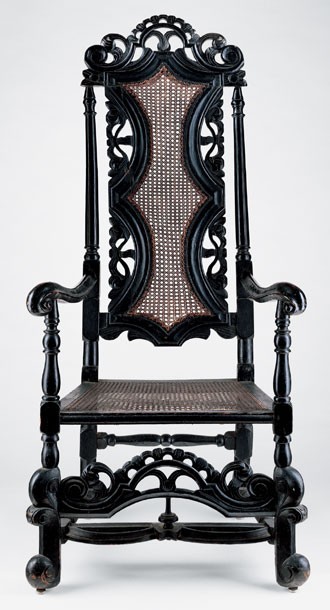
Armchair, England, 1660–1670. Beech. H. 53 1/2", W. 25", D. 22 1/2". (Private collection; photo, Gavin Ashworth.)
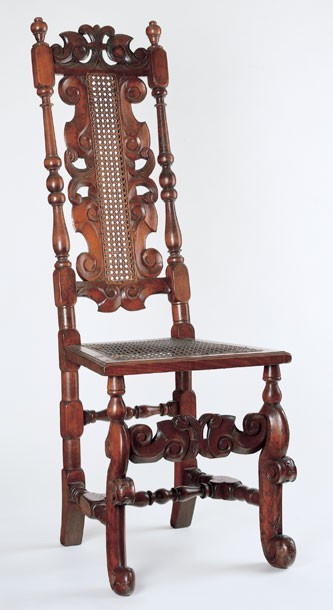
Side chair, England, 1690–1700. Beech. H. 50", W. 18 1/8", D. 19 3/4". (Courtesy, Yale University Art Gallery.)

Detail of the back of the side chair illustrated in fig. 4.

Benjamin Franklin, The Colonies Reduced, designed and engraved for The Political Register, December 1768. (Courtesy, Print Collection, Lewis Walpole Library, Yale University.) This satire of the Stamp Act attacks Britain’s mercantilist strategy of preventing the colonies from trading among themselves.
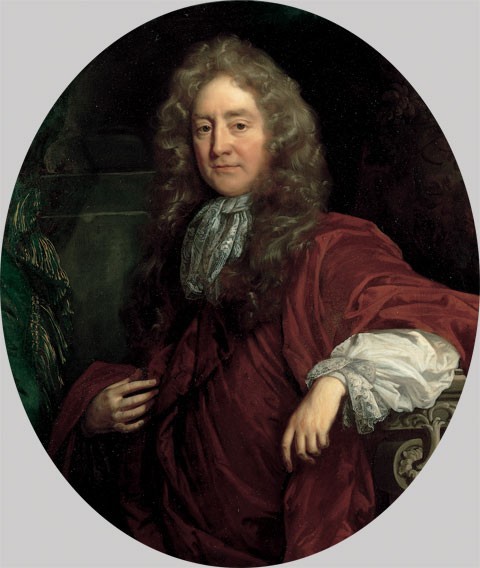
Josiah Child, attributed to John Riley, England, ca. 1680–1690. Oil on canvas. 40 1/2" x 34 5/8". (Courtesy, National Portrait Gallery.)
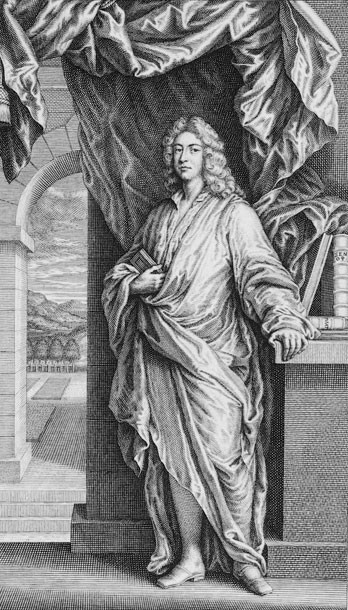
The Third Earl of Shaftesbury, engraving after a painting by John Closterman, London, ca. 1700. Ink on paper. Dimensions not recorded. (Courtesy, National Portrait Gallery.)

The First Earl of Shaftesbury, London, 1673. Ink on paper. Dimensions not recorded. (Courtesy, Print Collection, Lewis Walpole Library, Yale University.)
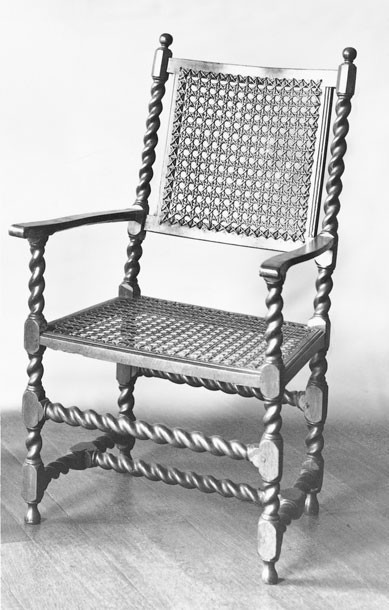
Armchair, England, 1670–1680. Dimensions and woods not recorded. (Courtesy, Winterthur Museum Decorative Arts Photographic Collection, R. W. Symonds Collection.)
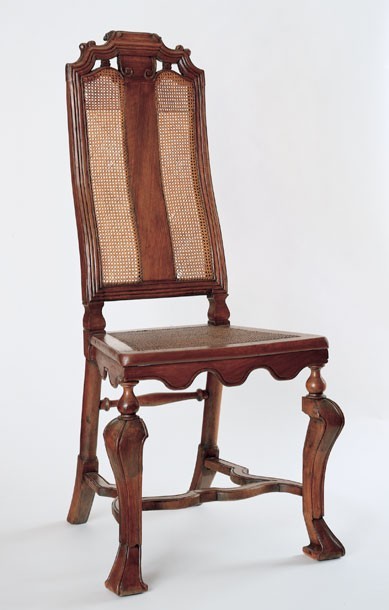
Side chair, England, 1710–1720. Walnut. H. 44 5/8", W. 20 1/4", D. 21 1/2". (Courtesy, Wadsworth Atheneum of Art, Wallace Nutting Collection, Gift of J. P. Morgan; photo, Gavin Ashworth.) The front legs have been pieced below the break in the knee.
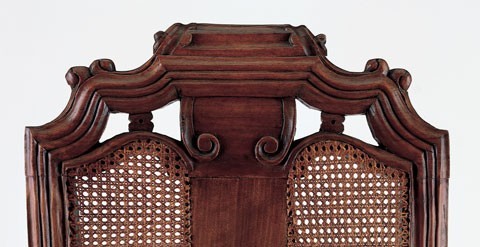
Detail of the crest of the chair illustrated in fig. 11.
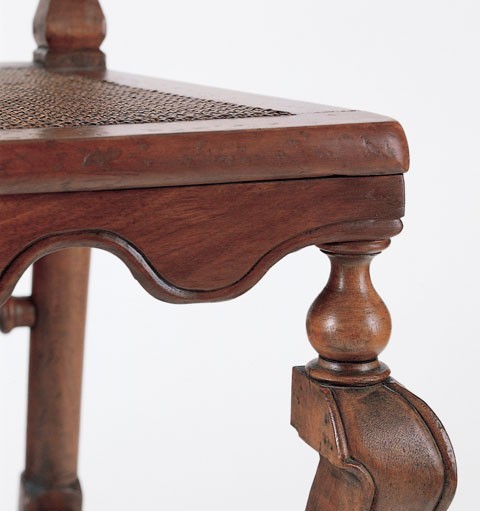
Detail of the right front leg of the chair illustrated in fig. 11.
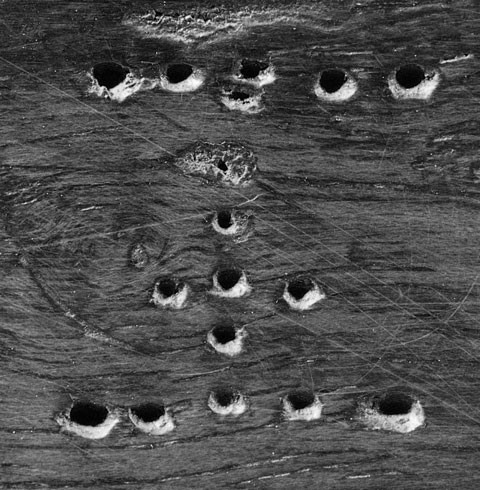
Detail of the “I” stamps on the chair illustrated in fig. 1
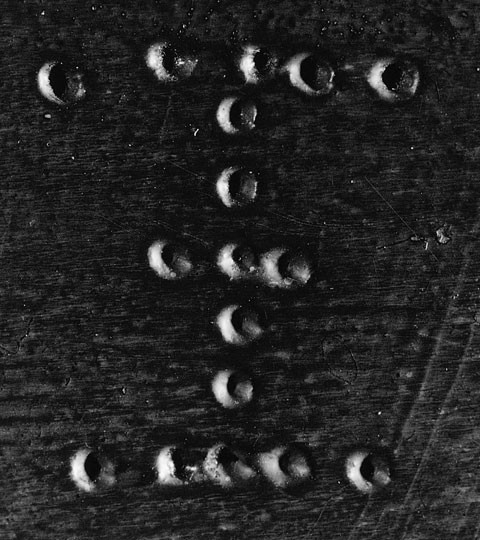
Detail of the “I” stamps on the chair illustrated in fig. 23

Detail of the “I” stamps on the chair illustrated in fig. 24

Detail of the “I” stamps on the chair illustrated in fig. 25
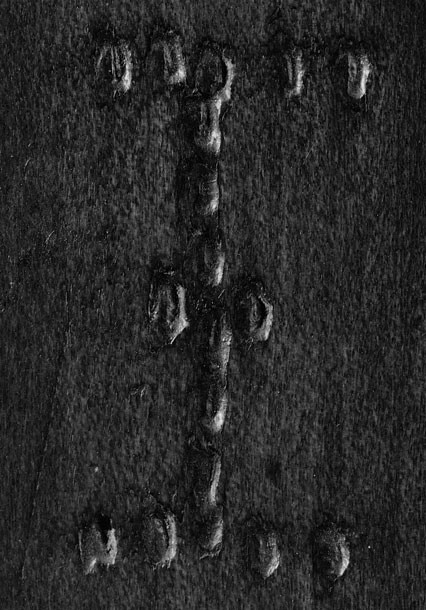
Detail of the “I” stamps on the chair illustrated in fig. 30
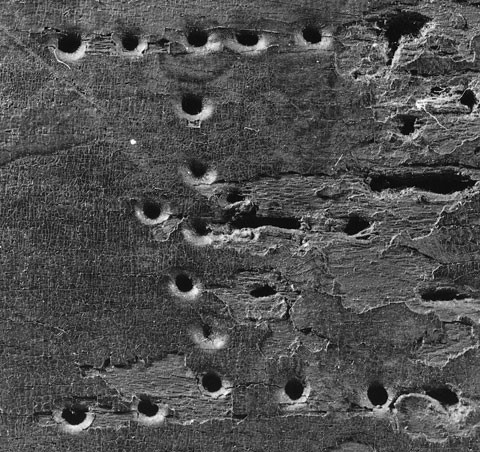
Detail of the “I” stamps on the chair illustrated in fig. 35

Side chair, England, 1685–1710. Beech. H. 51 7/8", W. 18 1/4", D. 15 1/4". (Courtesy, Winterthur Museum.)

Side chair, England, 1685–1710. Beech with pine. H. 50 1/2", W. 17 1/2", D. 20". (Courtesy, New Hampshire Historical Society.)
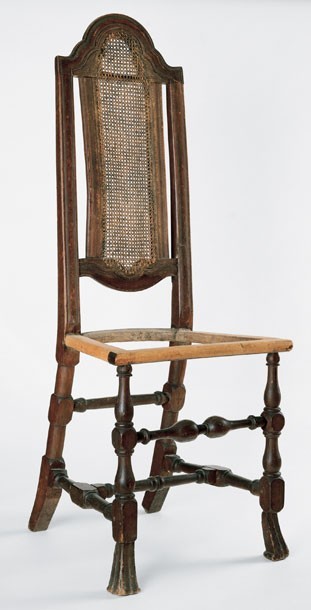
Side chair, England, 1710–1720. Beech. H. 48", W. 17 1/2", D. 14". (Courtesy Jeffrey Tillou; photo, Gavin Ashworth.)

Detail of the stamp on the side chair illustrated in fig. 17.
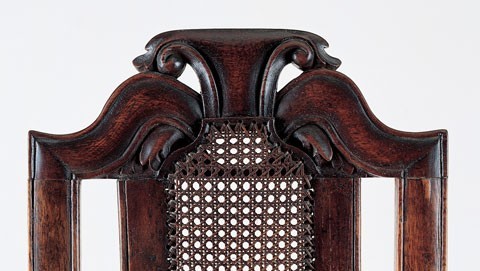
Detail of the crest of the side chair illustrated in fig. 1.
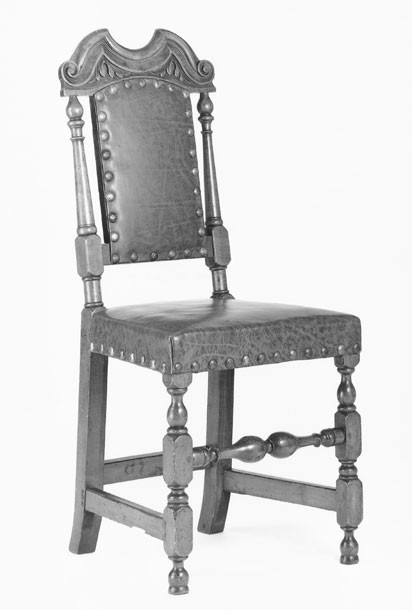
Side chair, Boston, Massachusetts, 1705–1715. Maple with red oak. H. 38 3/8", W. 17 3/4", D. 14 3/8". (Courtesy, Winterthur Museum.)
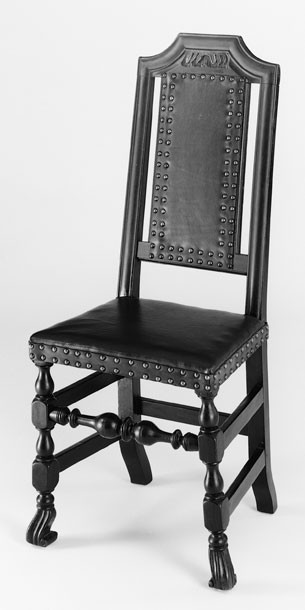
Side chair, Philadelphia, Pennsylvania, 1715–1725. Maple. H. 41", W. 18 3/4", D. 16". (Chipstone Foundation; photo, Gavin Ashworth.)
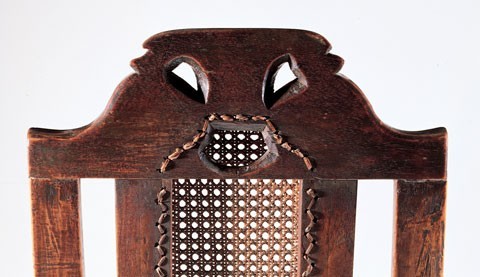
Detail showing the back of the crest of the chair illustrated in fig. 1.
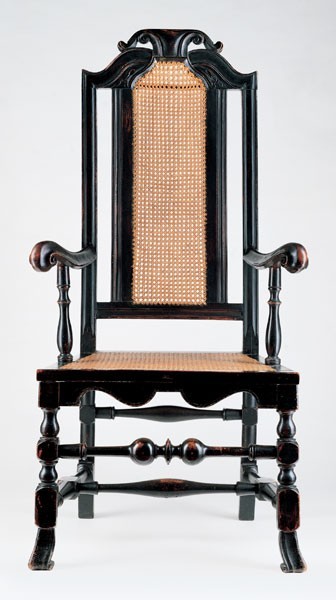
Armchair, Boston, Massachusetts, 1710–1720. Maple. H. 50 3/4", W. 23 3/8", D. 16 3/8". (Private collection; photo, Gavin Ashworth.)

Side chair, Boston, Massachusetts, 1710–1720. Soft maple with oak. H. 45 1/4", W. 18", D. 14 1/4". (Private collection; photo, Gavin Ashworth.)
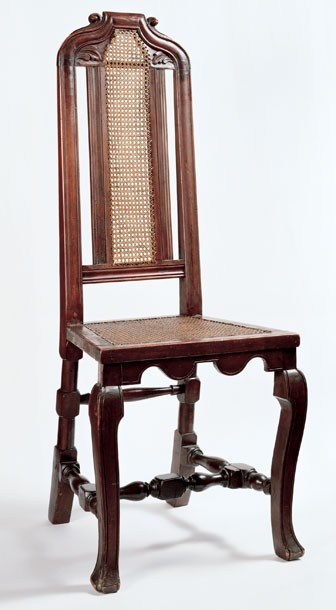
Side chair, Boston, Massachusetts, 1710–1720. Maple. H. 45 1/2", W. 18", D. 14 1/4". (Private collection; photo, Gavin Ashworth.)

Detail of the crest of the chair illustrated in fig. 25.

Side chair, Boston or Ipswich, Massachusetts, 1715–1725. Maple. H. 42 1/2", W. 18 1/2", D. 15". (Courtesy, Ipswich Historical Society; photo, Gavin Ashworth.)

Detail of the right front foot of the chair illustrated in fig. 27.
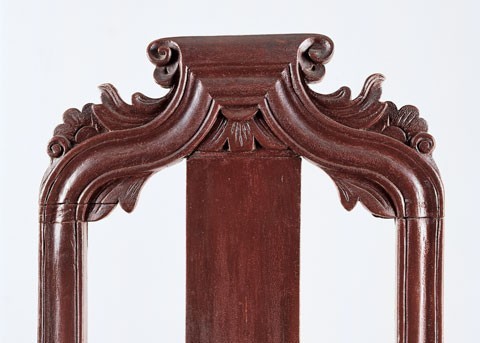
Detail of the crest of the chair illustrated in fig. 27.
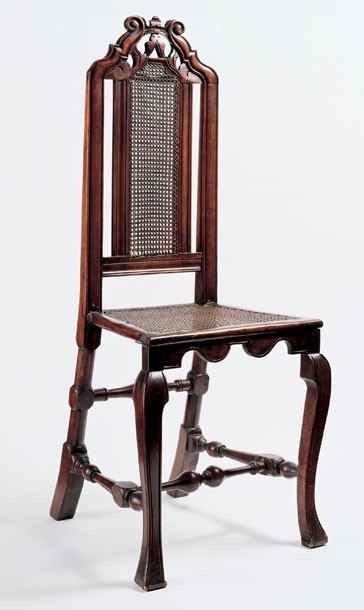
Side chair, Boston, Massachusetts, 1710–1720. Maple. H. 45", W. 17 1/2", D. 14 1/2". (Private collection; photo, Gavin Ashworth.)
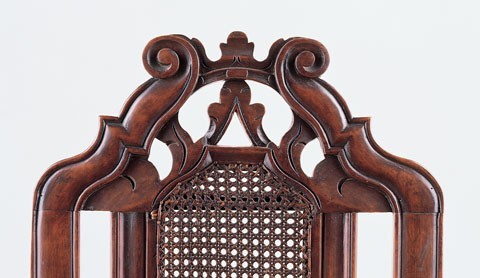
Detail of the crest of the chair illustrated in fig. 30.
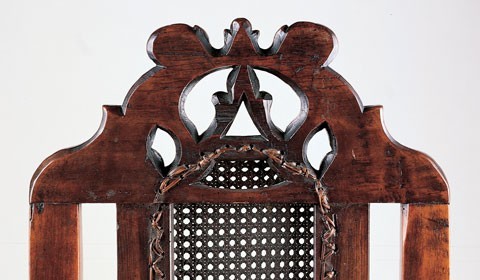
Detail of the back of the crest of the chair illustrated in fig. 30.
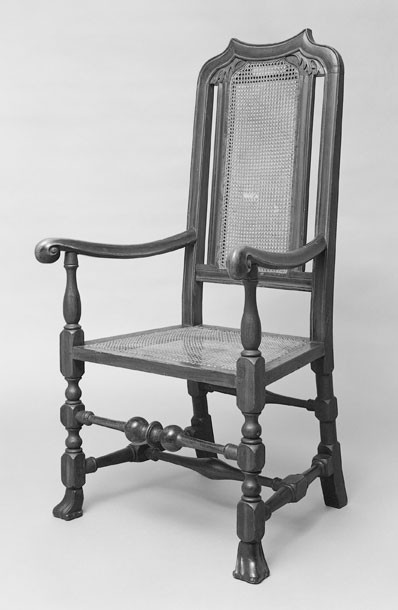
Armchair, Boston, Massachusetts, 1710–1720. Maple. H. 46 3/8", W. 24 1/2", D. 22". (Courtesy, Museum of Fine Arts, Houston; Bayou Bend Collection, gift of Miss Ima Hogg.)

Side chair, Boston, Massachusetts, 1710–1720. Maple. H. 43 1/4", W. 17 1/2", D. 14 5/8". (Courtesy, Museum of Fine Arts, Boston; gift of Mr. and Mrs. Herbert Edes.)

Side chair, Boston area of Massachusetts, 1715–1725. Maple. H. 45 1/4", W. 18", D. 14 1/2". (Private collection; photo, Gavin Ashworth.)
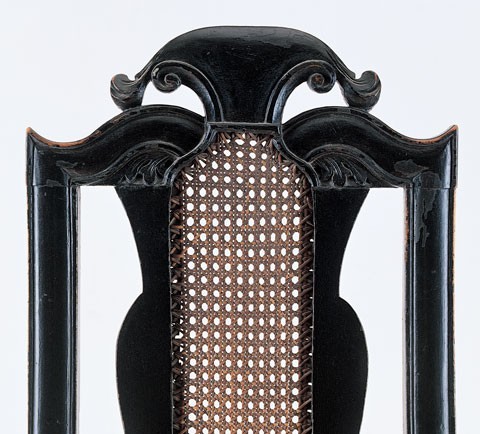
Detail of the back of the chair illustrated in fig. 35.
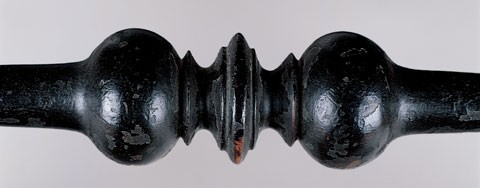
Detail of the front stretcher of the chair illustrated in fig. 35.
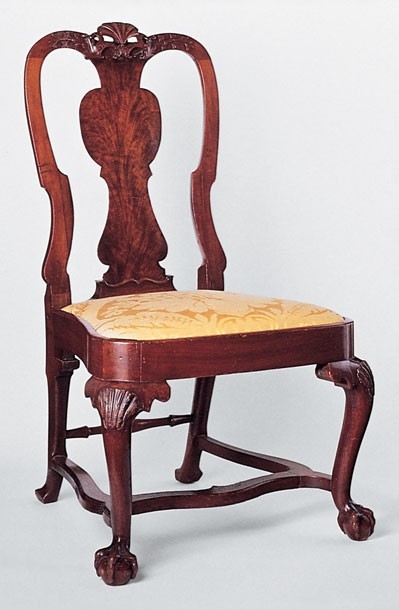
Side chair, Boston, Massachusetts, ca. 1740. Walnut and walnut veneer with maple and white pine. H. 38 1/2", W. 20 3/4", D. 18 1/2". (Chipstone Foundation; photo, Gavin Ashworth.)
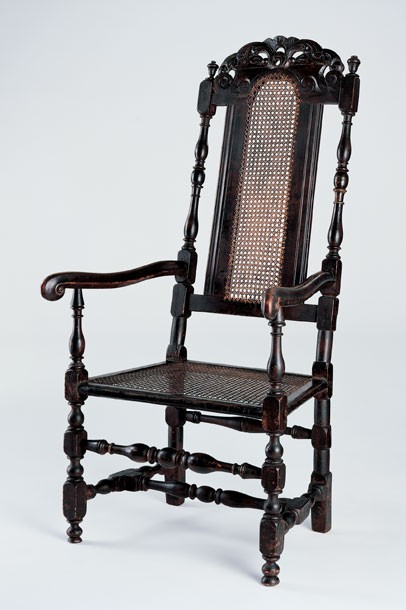
Armchair, Boston, Massachusetts, 1700–1715. Maple. H. 50 3/4", W. 25 3/4", D. 27". (Chipstone Foundation; photo, Gavin Ashworth.)
